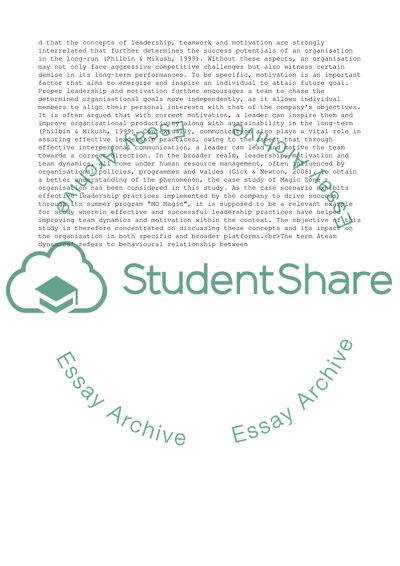Cite this document
(Project Process Analysis Paper Term Example | Topics and Well Written Essays - 1750 words, n.d.)
Project Process Analysis Paper Term Example | Topics and Well Written Essays - 1750 words. https://studentshare.org/management/1849320-project-process-analysis-paper
Project Process Analysis Paper Term Example | Topics and Well Written Essays - 1750 words. https://studentshare.org/management/1849320-project-process-analysis-paper
(Project Process Analysis Paper Term Example | Topics and Well Written Essays - 1750 Words)
Project Process Analysis Paper Term Example | Topics and Well Written Essays - 1750 Words. https://studentshare.org/management/1849320-project-process-analysis-paper.
Project Process Analysis Paper Term Example | Topics and Well Written Essays - 1750 Words. https://studentshare.org/management/1849320-project-process-analysis-paper.
“Project Process Analysis Paper Term Example | Topics and Well Written Essays - 1750 Words”. https://studentshare.org/management/1849320-project-process-analysis-paper.


